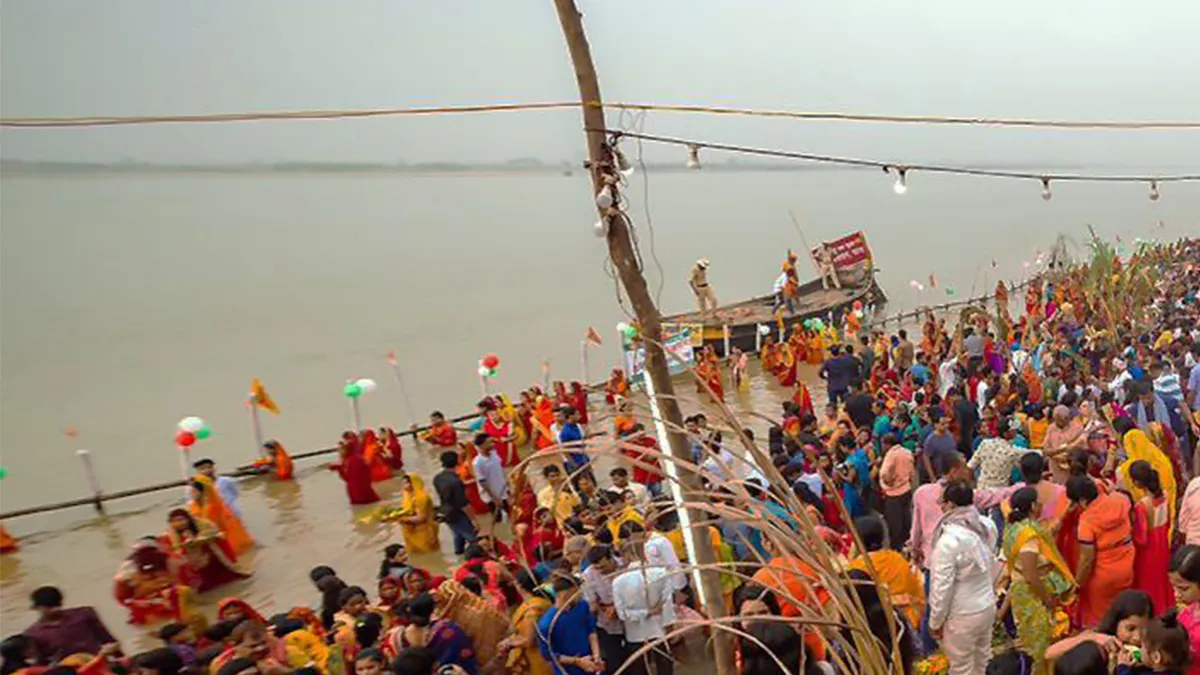
The largest celebration in Bihar, Chhath Puja, began on November 17. Nahay-Khay, bathing and eating, marked the start of the four-day celebration, which will conclude on November 20 with araghya, or prayers to the rising sun. To control large crowds, the Patna district government has set up complex arrangements along the banks of the river. On each ghat, more force has been applied.
Early in the morning, pilgrims arrived at the Ganga ghats, bathed, and gave prayers to the sun using the river's water. They subsequently consumed various veggies, grains, and bottle gourd.
In Patna, there are more than a hundred ghats where devotees can offer prayers. The district government has also installed restrooms, changing rooms, watchtowers, safety barriers, and lighting setups on the ghats. Approach roads are now resurfaced.
Ghats including the Collectorate Ghat, Mahendru Ghat, Digha Ghat, Janardan Ghat, Gai Ghat, and Gandhi Ghat have received extra attention since they are gathering places for more than two lakh people. Tankers are used by the government to transport Ganga water to homes and townships. The Patna Municipal Corporation has dispatched thirty-two of these tankers to different wards.
Senior authorities, including Patna District Magistrate Chandrashekhar Singh and Patna Senior Superintendent of Police Rajeev Mishra, examined several ponds and assessed the festival preparations in addition to the ghats.
For the convenience and security of the devotees, the administration has prepared alternate arrangements, according to Mr. Singh. For the devotees' use, there are around 45 ponds and a similar number of parks.
All the ghats have closed-circuit television (CCTV) cameras placed to keep an eye on the event. To make sure that devotees have no issues, more soldiers have been sent in. On the ghats, plans have also been made for drinking water," Mr. Mishra stated.
